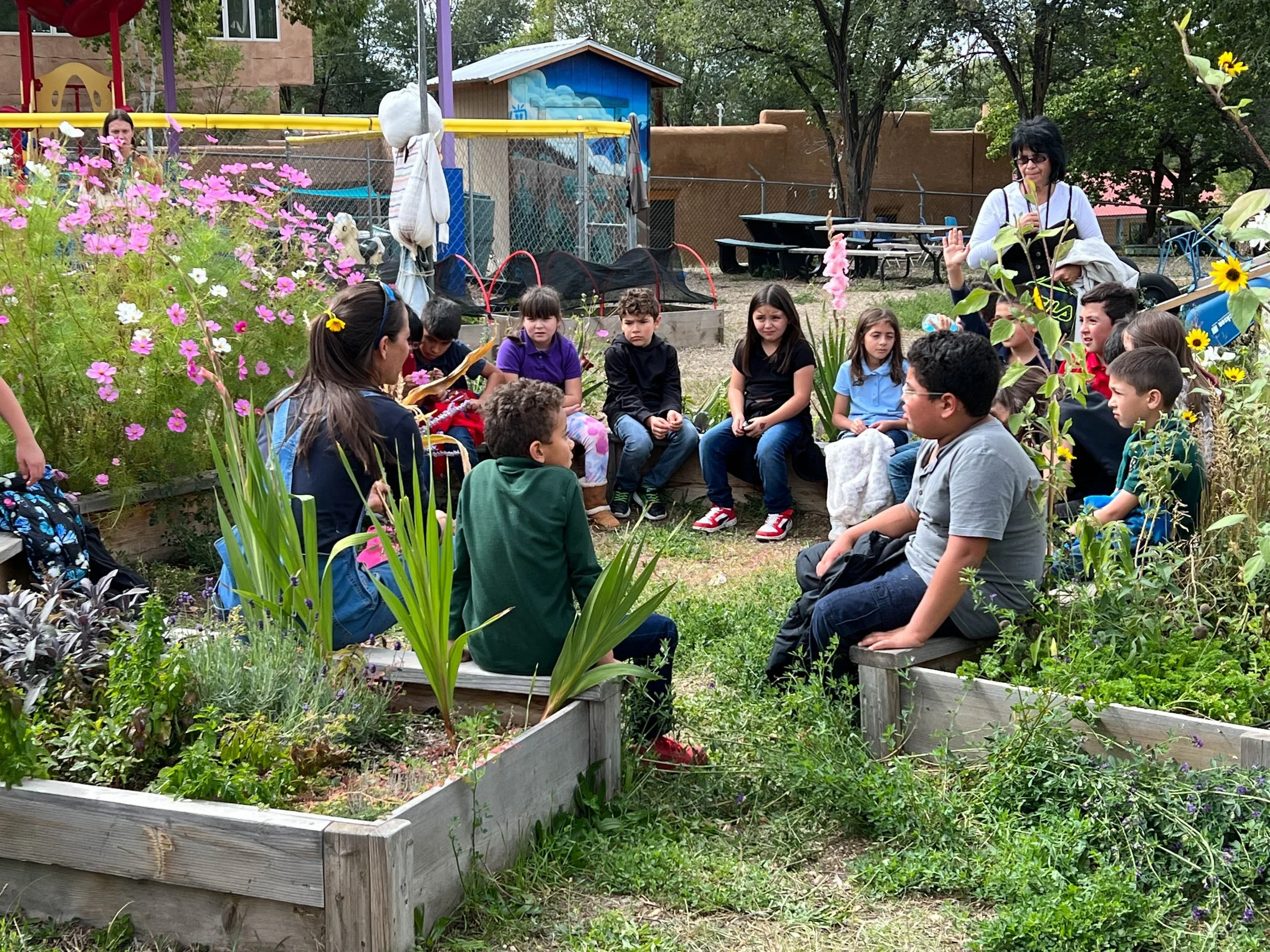Growing Outside: Nature Exposure in Early Education
In early childhood, learning happens everywhere. A walk outside can spark as much discovery as any lesson plan, but many students today spend most of their time indoors. The chance to explore with their senses, to hear, touch, and see the world beyond classroom walls, has become far less common in daily school life.
Research shows that time in nature supports children’s physical health, mental well-being, focus, and creativity. It builds confidence, connection, and a sense of belonging (Arola et al., 2023). Despite this, not every child has equal access to these experiences. What keeps nature out of reach for some, and how can educators bring more of it into their classrooms?
To learn more, I spoke with a Massachusetts second-grade teacher, Jackie Petrino, who shared her thoughts on the importance of nature in early learning and the barriers teachers face in making it part of everyday education.
Why Nature Exposure Matters in Early Education
Spending time outdoors gives children space to move, explore, and use their senses. Climbing, running, and discovering help strengthen coordination, balance, and motor skills (Kiviranta et al., 2023). Mentally, nature provides a kind of gentle rest that busy indoor environments often cannot. Watching clouds drift or following a trail of ants allows children’s minds to relax and reset, improving their focus when they return to class.
Emotionally, time in nature supports empathy, imagination, and teamwork. When students build forts, dig in the dirt, or identify leaves together, they are also learning to communicate, solve problems, and collaborate. Jackie notices the difference immediately. “After outside activities, my students are definitely able to regulate their behavior in a way that’s more conducive to learning,” she said. “They seem more in touch with their emotions and are more willing to work and collaborate with each other.”
Early experiences in nature also shape how children see their relationship with the world. When they care for a plant, watch the seasons change, or talk about local wildlife, they begin to understand that they are part of something larger. These early moments can grow into lifelong care for the environment.
Barriers to Access
For many schools, bringing nature into the school day is not simple. Some campuses have little to no green space, surrounded instead by pavement and buildings. Time is another major challenge. “The only outside time my kids have in a regular day is a 30-minute recess in the middle of the day,” Jackie explained. “Very little of the curriculum allows for extra play or outside time.”
Teachers also face pressure to meet academic standards and follow strict schedules. Jackie shared that “the biggest challenge is absolutely the requirements placed on us by the curriculum, admin, and public schooling model. There’s an extreme amount of pressure for kids to stick to a strict schedule filled with typical academics. Kids almost always learn best while moving, playing, and doing something they genuinely find interesting.”
Safety, weather, and resources add to the challenge, especially in lower-income areas where access to outdoor spaces is already limited. Jackie believes that if outdoor learning were truly prioritized, schools would help remove those barriers. “If outdoor learning were prioritized, free coats, mittens, hats, and sunscreen would be available for the school to provide to children who might not have access to those resources at home,” she said.
A Teacher’s Perspective
Jackie remembers a moment early in the school year when she decided to take her class outside for a scavenger hunt. “Allowing 15 seven-year-olds to run around outside with free rein can be a risk,” she said, “but it was absolutely a risk that paid off.”
Her students worked with new partners, shared tips on where to find items, and stayed fully engaged the entire time. “What came from it was not only an elevated learning experience socially and physically, but the kids learned so much about nature and science in the discussion we had afterward,” she said. “It was truly rewarding for both them and me, and it informs my teaching moving forward.”
Moments like this remind us that the most meaningful learning often happens when children are free to move, explore, and connect with the world around them.
Moving Forward
If we want children to grow into adults who value and protect the natural world, we need to make sure they can experience it early and often. Schools can start small by taking short lessons outdoors, planting gardens, or inviting students to observe seasonal changes during the day. Partnerships with local parks, community gardens, or environmental groups can help fill gaps in space and expertise.
Jackie believes change starts with understanding and support. “In a perfect world, admin would understand that outside learning is extremely conducive to progress, not only academically but socially,” she said.
When a child plants a seed, listens to a bird, or simply spends a few minutes noticing the world around them, something foundational shifts. Nature becomes not just a setting for learning but a teacher in itself.


